Home>Garden Essentials>Why Do Heirloom Seeds Need To Ferment
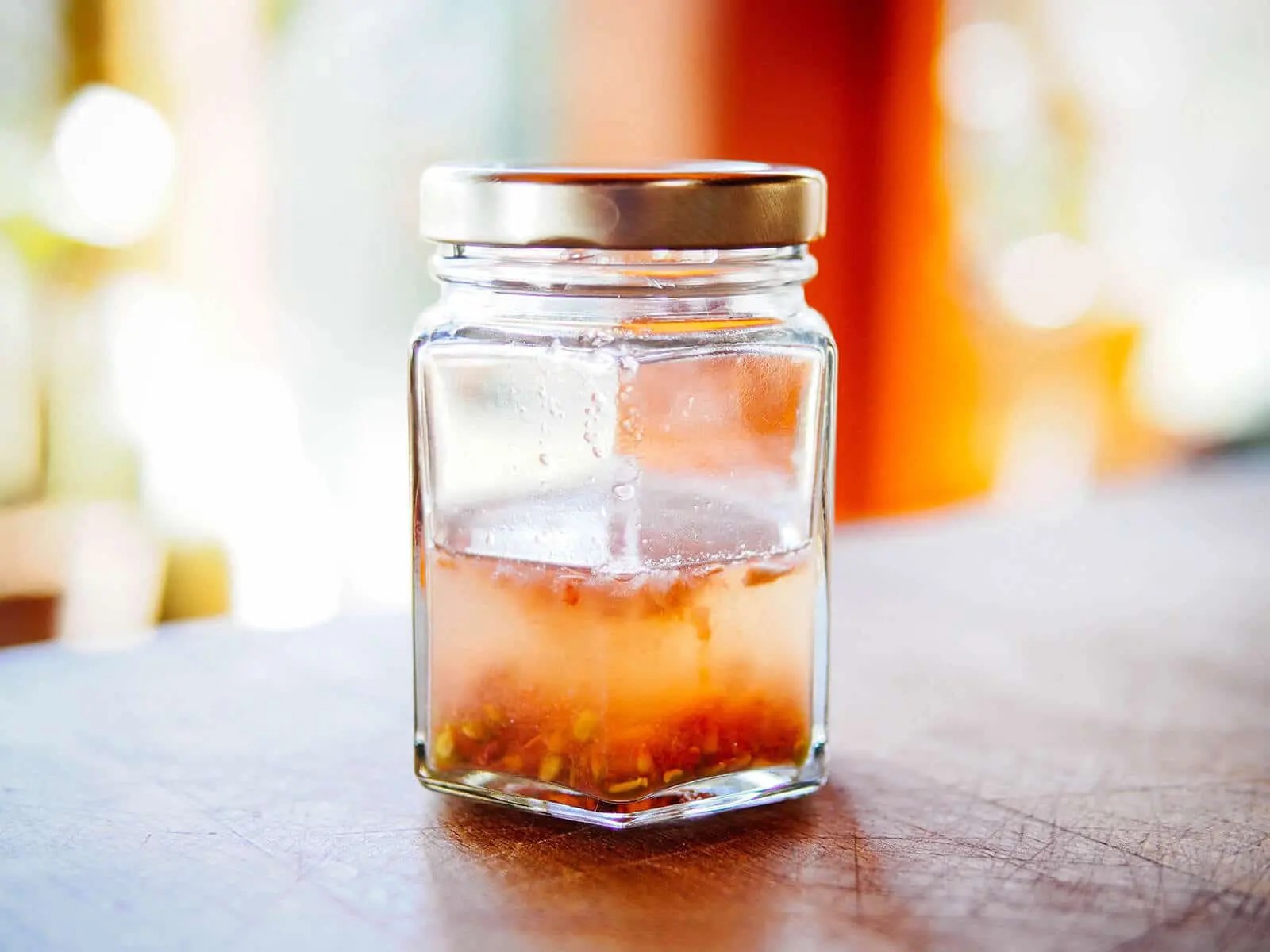

Garden Essentials
Why Do Heirloom Seeds Need To Ferment
Modified: March 15, 2024
Discover why fermenting heirloom seeds is important for successful gardening, and learn how this process benefits the growth and health of your plants.
(Many of the links in this article redirect to a specific reviewed product. Your purchase of these products through affiliate links helps to generate commission for Storables.com, at no extra cost. Learn more)
Introduction
Welcome to the wonderful world of heirloom seeds! In this digital age, where new and hybrid varieties of plants seem to be taking over, it’s important to not forget about the rich history and biodiversity that heirloom seeds offer. These unique seeds have been passed down through generations, preserving traditional and time-tested varieties of plants that are resilient, flavorful, and full of character.
Heirloom seeds hold a significant place in our gardening heritage. They’re not just seeds – they’re a living connection to our past, representing the agricultural practices and tastes of our ancestors. They offer a glimpse into a time when farming was more than just a business; it was a way of life, deeply interconnected with the natural world.
Preserving heirloom seeds is vital for maintaining biodiversity and ensuring the future of our food system. When we rely solely on hybrid seeds or genetically modified organisms (GMOs), we risk losing the genetic diversity that heirloom seeds provide. This can have detrimental effects on our food security and the overall health of our planet.
One of the intriguing aspects of heirloom seeds is the process of seed fermentation. This ancient technique is known for enhancing the quality and germination rates of the seeds. In this article, we will explore the why, what, and how of seed fermentation, and why it is essential for anyone interested in heirloom gardening.
Key Takeaways:
- Fermenting heirloom seeds improves their quality and germination rates, promoting sustainable gardening and preserving unique plant varieties with rich flavors and cultural heritage.
- Heirloom seeds are living connections to our past, offering a diverse range of flavors and traits. Fermentation enhances their potential, empowering us to shape a resilient and vibrant agricultural future.
Read more: Why Use Heirloom Seeds
What are heirloom seeds?
Heirloom seeds are open-pollinated seeds that have been passed down through generations of gardeners and farmers. Unlike hybrid seeds that are created by cross-breeding different plant varieties, heirloom seeds are stable and reproduce true to their parent plants. They have a rich history, often dating back to before the era of industrial agriculture.
These seeds are treasured for their unique characteristics, flavors, and adaptability. They come in a wide variety of shapes, sizes, and colors, and offer a diversity that is not commonly found in commercially available seeds. Each heirloom seed holds a story – it may have originated in a specific region or been grown by a particular family for decades.
Heirloom seeds are valued for more than just their flavor and appearance. They play a crucial role in preserving biodiversity. With the industrialization of agriculture, many traditional varieties have been replaced by high-yielding crops that prioritize quantity over quality. This has led to a loss of genetic diversity and the conversion of farmland into monocultures.
By growing and saving heirloom seeds, gardeners and farmers contribute to the conservation of these unique and rare plant varieties. They help to maintain genetic diversity, which is essential for long-term food security and the ability of plants to adapt to changing environmental conditions.
Heirloom seeds also offer a sense of nostalgia and connection to our heritage. When we sow these seeds in our gardens, we are not just growing plants; we are participating in a long-standing tradition that stretches back through generations. It’s a way to honor the efforts of those who came before us and preserve the knowledge and practices of our agricultural past.
Furthermore, heirloom seeds often have superior flavor profiles compared to their hybrid counterparts. Many gardeners and chefs appreciate the unique tastes and textures that heirlooms offer, which can elevate culinary experiences and inspire creativity in the kitchen.
In summary, heirloom seeds are the living artifacts of our agricultural history. They are cherished for their genetic diversity, storied backgrounds, and incredible flavors. These seeds hold the power not only to sustain us but also to connect us to the rich tapestry of our past.
The importance of preserving heirloom seeds
Preserving heirloom seeds is crucial for several reasons, ranging from biodiversity conservation to food security and cultural heritage preservation.
One of the primary reasons for preserving heirloom seeds is their role in maintaining biodiversity. In a world where industrial agriculture and genetically modified organisms (GMOs) dominate the market, heirloom seeds offer a vast array of genetic diversity. This diversity is key to ensuring the long-term health and resilience of our food system. By growing and saving heirloom seeds, we can protect unique plant varieties that may have specific traits and adaptations, such as disease resistance or tolerance to different climates.
Preserving heirloom seeds also contributes to the preservation of cultural heritage. Many heirloom varieties have been passed down through generations, carrying with them the stories and traditions of communities and regions. These seeds are a living connection to the past and represent the agricultural practices and culinary preferences of our ancestors. By cultivating heirloom seeds, we honor and celebrate our cultural heritage, keeping alive the knowledge and practices that have shaped our foodways for centuries.
Furthermore, preserving heirloom seeds ensures food security. As we face the challenges of population growth, climate change, and fluctuating markets, having a diverse pool of plant genetic resources is crucial. Heirloom seeds often possess unique characteristics and adaptations that can help them thrive in challenging conditions. By preserving and utilizing these seeds, we have a better chance of meeting the ever-increasing demand for food while adapting to environmental changes.
In addition to the practical benefits, there is also a sense of satisfaction and empowerment that comes from preserving heirloom seeds. When we save and share seeds, we take control of our food system and become active participants in shaping our agricultural future. It allows us to break free from the dependence on commercial seed companies and empowers us to preserve and utilize our own local and traditional seed sources.
Preserving heirloom seeds is not just a responsibility; it’s an investment in the future. It ensures that future generations will have access to diverse, nutrient-dense, and flavorful food options that reflect our cultural heritage and respect the natural world. By cultivating and saving heirloom seeds today, we create a legacy that will continue to nourish and inspire for years to come.
What is seed fermentation?
Seed fermentation is a traditional method of processing seeds that has been used for centuries. It is a natural and chemical-free technique that helps improve the quality and germination rates of certain types of seeds, particularly heirloom and open-pollinated varieties.
The process of seed fermentation involves soaking the seeds in water for a specific period of time, typically ranging from a few days to a couple of weeks. During this soaking period, beneficial bacteria and fungi naturally present on the seed surfaces ferment the seed coat and remove any inhibitory substances that may prevent germination or cause disease.
Fermentation breaks down the complex compounds present in the seed coat, such as tannins and inhibitors, into simpler forms that are more easily absorbed by the emerging seedlings. This breakdown not only enhances the nutrient availability but also activates enzymes within the seed, which promote germination and overall seed vigor.
Seed fermentation is particularly beneficial for seeds with hard or non-porous seed coats. These types of seeds, such as tomatoes, cucumbers, and melons, often have natural inhibitors that prevent quick and uniform germination. By fermenting the seeds, these inhibitors are neutralized, leading to faster and more reliable germination.
Another advantage of seed fermentation is that it helps to sanitize the seeds. The fermentation process creates an acidic environment that inhibits the growth of harmful pathogens and reduces the likelihood of seed-borne diseases. This natural sanitation process eliminates the need for chemical treatments and provides a safer and more sustainable approach to seed preparation.
It’s important to note that seed fermentation is not suitable for all types of seeds. Some seeds, like beans and peas, may not require fermentation, as they have naturally low levels of inhibitors and germinate well without this additional step. Additionally, seeds with delicate seed coats or seeds that require stratification (a period of chilling) for germination may not be suitable for fermentation.
Overall, seed fermentation is a valuable technique for improving the quality and germination rates of certain types of seeds, particularly heirloom varieties. This natural method can be easily done at home and offers an effective and sustainable way to maximize the success of your seed starting efforts.
Understanding the process of seed fermentation
Seed fermentation is a fascinating process that involves a series of biochemical reactions and microbial interactions. To better understand how it works, let’s take a closer look at the various stages of seed fermentation.
Stage 1: Seed soaking – The process begins by soaking the seeds in water for an extended period of time. This allows the seed coat to absorb moisture and prepares it for the subsequent fermentation process. The duration of soaking can vary depending on the seed type, with some seeds requiring a few days and others up to two weeks.
Stage 2: Microbial activity – As the seeds soak, beneficial bacteria and fungi naturally present on the seed surfaces become active. These microorganisms, often referred to as probiotics, initiate the fermentation process. They break down complex compounds, such as tannins and inhibitors, into simpler forms that can be easily utilized by the developing seedlings.
Stage 3: Acidic fermentation – As the microbial activity intensifies, the fermentation process produces organic acids, predominantly lactic acid. These acids create an acidic environment around the seeds, which helps to neutralize inhibitors and pathogenic microorganisms. The acidic conditions also promote the growth of desirable microorganisms while inhibiting the growth of potential plant pathogens.
Stage 4: Seed rinsing – After the fermentation period, the seeds are rinsed thoroughly to remove any remaining inhibitors, microbial residue, or excess organic acids. Rinsing helps to restore the pH balance and ensures that the seeds are clean and ready for drying and storage.
Stage 5: Drying and storage – Once the seeds have been rinsed, they should be air-dried completely before storage. Proper drying is essential to prevent moisture-related issues, such as mold or fungal growth. After drying, the seeds can be stored in a cool, dry place in airtight containers until they are ready for planting.
It’s important to note that the duration of fermentation, as well as the specific methods and conditions, may vary depending on the seed type and personal preference. Some gardeners prefer a shorter fermentation period, while others find that longer fermentation yields better results. Experimentation and observation will help you determine the most suitable fermentation process for your specific seeds.
By understanding the process of seed fermentation, you can make informed decisions about when and how to incorporate this technique into your gardening practices. Whether you’re growing heirloom vegetables, rare flowers, or traditional herbs, seed fermentation can be a valuable tool to enhance seed quality, promote optimal germination, and contribute to a successful gardening experience.
After harvesting heirloom seeds, ferment them in water for a few days to remove the gel coating. This helps prevent mold and disease, and improves germination.
Read more: Why Are Heirloom Seeds Illegal
Benefits of fermenting heirloom seeds
Fermenting heirloom seeds offers a range of benefits that can greatly enhance the success of your gardening endeavors. Let’s explore some of the key advantages of seed fermentation:
1. Improved germination rates: One of the primary benefits of seed fermentation is the improvement of germination rates. Fermentation helps to break down inhibitors present in the seed coat, allowing for quicker and more uniform germination. This is particularly important for seeds with hard or non-porous seed coats, which can have naturally occurring substances that hinder germination.
2. Enhanced seed vigor: Fermenting seeds triggers the activation of enzymes within the seed. This enzymatic activity promotes better nutrient absorption, resulting in increased seed vigor. Seeds that have undergone fermentation are often more robust, producing stronger and healthier seedlings.
3. Increased nutrient availability: During the fermentation process, complex compounds in the seed coat are broken down into simpler forms that are more readily absorbed by the emerging seedlings. This enhances nutrient availability, providing the young plants with a nutritious head start for optimal growth and development.
4. Natural disease control: Seed fermentation creates an acidic environment that can inhibit the growth of harmful pathogens and reduce the risk of seed-borne diseases. The fermentation process helps to sanitize the seeds naturally, eliminating the need for chemical treatments and promoting a healthier gardening environment.
5. Preservation of heirloom characteristics: Heirloom seeds carry unique traits and flavors that have been passed down through generations. By fermenting heirloom seeds, you can help preserve these characteristics, ensuring that the plants grow true to their parent plants and maintain their distinct qualities.
6. Sustainable gardening practice: Seed fermentation is a natural and chemical-free technique that aligns with sustainable gardening practices. It reduces the reliance on synthetic chemicals and promotes a more environmentally friendly approach to seed preparation. Additionally, fermenting and saving heirloom seeds allows you to cultivate and distribute your own seed stock, reducing dependence on commercially produced seeds.
7. Cost-effective: Fermenting your own seeds can save you money in the long run. By collecting and fermenting seeds from your garden or community, you can create a renewable source of high-quality seeds without having to purchase them year after year.
Overall, fermenting heirloom seeds offers numerous advantages, from improved germination rates and seed vigor to natural disease control and the preservation of unique characteristics. It is a sustainable and cost-effective practice that empowers you to take control of your gardening experience and contribute to the preservation of heirloom plant varieties.
How to ferment heirloom seeds at home
Fermenting heirloom seeds at home is a simple and rewarding process. Here’s a step-by-step guide to help you get started:
1. Harvesting ripe seeds: Begin by selecting fully matured, healthy fruits or vegetables from your heirloom plants. Allow them to fully ripen and the seeds to reach maturity. Once the fruits or vegetables are ready, carefully collect the seeds and remove any debris or pulp.
2. Set up a fermentation vessel: Choose a container that is large enough to hold both the seeds and water. Glass jars or bowls work well for this purpose. Make sure the container is clean and sanitized to prevent any unwanted contamination during fermentation.
3. Add water and seeds: Place the collected seeds into the fermentation vessel and cover them with water. The ratio of water to seeds should be approximately 1:1. It’s essential to provide enough water to fully immerse the seeds for effective fermentation.
4. Allow fermentation: Cover the container with a breathable cloth or secure it with a rubber band to allow gases to escape while preventing dust or insects from entering. Place the vessel in a warm and dark location, such as a cupboard or closet, where the temperature remains around 70-80°F (21-27°C).
5. Stir and observe: Every day, gently stir the mixture to aerate the seeds and prevent the formation of mold. Pay attention to any noticeable changes in smell or appearance. Fermentation periods can vary depending on the seed type, but a general guideline is to ferment for 3-5 days, or until bubbles appear on the surface.
6. Rinse the seeds: After the fermentation period, pour the contents of the fermentation vessel into a fine-mesh sieve or colander. Rinse the seeds thoroughly with clean water to remove any remaining residue or fermentation byproducts.
7. Dry the seeds: Spread the rinsed seeds on a clean towel or tray in a well-ventilated area. Allow them to air-dry completely, which typically takes a few days. Make sure the seeds are completely dry before storing them to prevent mold or spoilage.
8. Store the seeds: Once the seeds are fully dried, transfer them to labeled envelopes or airtight containers. Store them in a cool, dark, and dry place until you are ready to plant them.
It’s essential to experiment and adjust the fermentation process based on the specific seeds you are working with. Some seeds may require longer fermentation periods, while others may need a shorter time. Observe and learn from your experiences to find the optimal fermentation duration for different heirloom seed varieties.
By fermenting your own heirloom seeds at home, you not only enhance their germination rates and overall quality but also become an active participant in the preservation of these unique plant varieties. It’s a fulfilling and sustainable practice that connects you with the rich heritage of our agricultural past.
Tips for successful seed fermentation
Seed fermentation is a valuable technique for improving the quality and germination rates of heirloom seeds. To ensure successful fermentation, consider the following tips:
1. Choose fully mature seeds: Harvest seeds from fruits or vegetables that have fully ripened on the plant. Immature seeds may not ferment properly and may have lower germination rates.
2. Use clean and sanitized equipment: It’s crucial to work with clean containers and utensils to prevent the growth of unwanted microorganisms. Make sure to sanitize your fermentation vessels, sieves, and stirring utensils before use.
3. Maintain the right temperature: Fermentation occurs best in temperatures ranging from 70-80°F (21-27°C). Ensure that the location you choose for fermentation maintains a consistent temperature within this range.
4. Keep the seeds submerged: Ensure that the seeds are fully submerged in water during fermentation. This allows for even fermentation and helps to break down inhibitors more effectively.
5. Stir daily: Gently stir the seeds daily to promote aeration and prevent the formation of mold or harmful bacteria. Aeration helps to maintain a healthy fermentation process.
6. Observe changes: Pay attention to any changes in color, smell, or appearance during the fermentation process. Bubbles on the surface and a sour odor are signs that fermentation is occurring as expected.
7. Adjust fermentation time: Fermentation periods may vary depending on the type of seeds and environmental conditions. Use the appearance of bubbles as a general guideline, but also consider the specific seed characteristics or refer to reliable resources for more precise fermentation times.
8. Rinse thoroughly: After the fermentation period, rinse the seeds thoroughly to remove any remaining residue or fermentation byproducts. This will help ensure that the seeds are clean and ready for drying and storage.
9. Allow for proper drying: Proper drying is essential to prevent mold or spoilage. Spread the rinsed seeds in a single layer on a clean towel or tray in a well-ventilated area. Ensure that the seeds are completely dry before storing them.
10. Label and store seeds properly: Once the seeds are fully dry, label them with the variety and date of fermentation. Store them in a cool, dark, and dry place in labeled envelopes or airtight containers to maintain their viability.
Remember, seed fermentation may not be suitable for all types of seeds. It is most effective for seeds with hard or non-porous seed coats, such as tomatoes, cucumbers, or melons. Some seeds may not require fermentation and can be directly sown or dry stored.
By following these tips, you can maximize the benefits of seed fermentation and enjoy the improved germination rates and quality of your heirloom seeds. Experiment, observe, and adapt the process to suit the specific needs of different seed varieties, and embark on a journey of preserving and promoting heirloom biodiversity in your garden.
Conclusion
Preserving and fermenting heirloom seeds is a truly rewarding and meaningful practice that connects us to our agricultural heritage, promotes biodiversity, and enhances the success of our gardening endeavors.
Heirloom seeds are not just ordinary seeds; they carry with them stories and traditions that have been passed down through generations. By growing and saving these unique seeds, we honor the knowledge and practices of our ancestors, preserving our cultural heritage and promoting a deeper connection with the natural world.
Seed fermentation, an ancient technique, offers a range of benefits for heirloom seeds. Through this natural and chemical-free process, inhibitors are broken down, germination rates are improved, and seed vigor is increased. Fermentation also provides natural disease control and contributes to the preservation of heirloom characteristics and flavors.
By following simple steps such as harvesting ripe seeds, soaking them in water, allowing for microbial activity, rinsing and drying, and proper storage, we can successfully ferment heirloom seeds at home. Observation, experimentation, and adjusting the fermentation process based on specific seed types will help us achieve optimal results.
Ultimately, fermenting heirloom seeds empowers us to take control of our food system and contribute to the preservation of biodiversity. By growing and saving our own seeds, we reduce our reliance on commercial seed sources and participate in a sustainable gardening practice that benefits both us and the planet.
So let’s embark on this journey of preserving our agricultural heritage, promoting biodiversity, and enjoying the unique flavors and qualities that heirloom seeds offer. By fermenting and cultivating these special seeds in our gardens, we create a lasting legacy that connects us to the past and ensures a vibrant and resilient future for generations to come.
Frequently Asked Questions about Why Do Heirloom Seeds Need To Ferment
Was this page helpful?
At Storables.com, we guarantee accurate and reliable information. Our content, validated by Expert Board Contributors, is crafted following stringent Editorial Policies. We're committed to providing you with well-researched, expert-backed insights for all your informational needs.
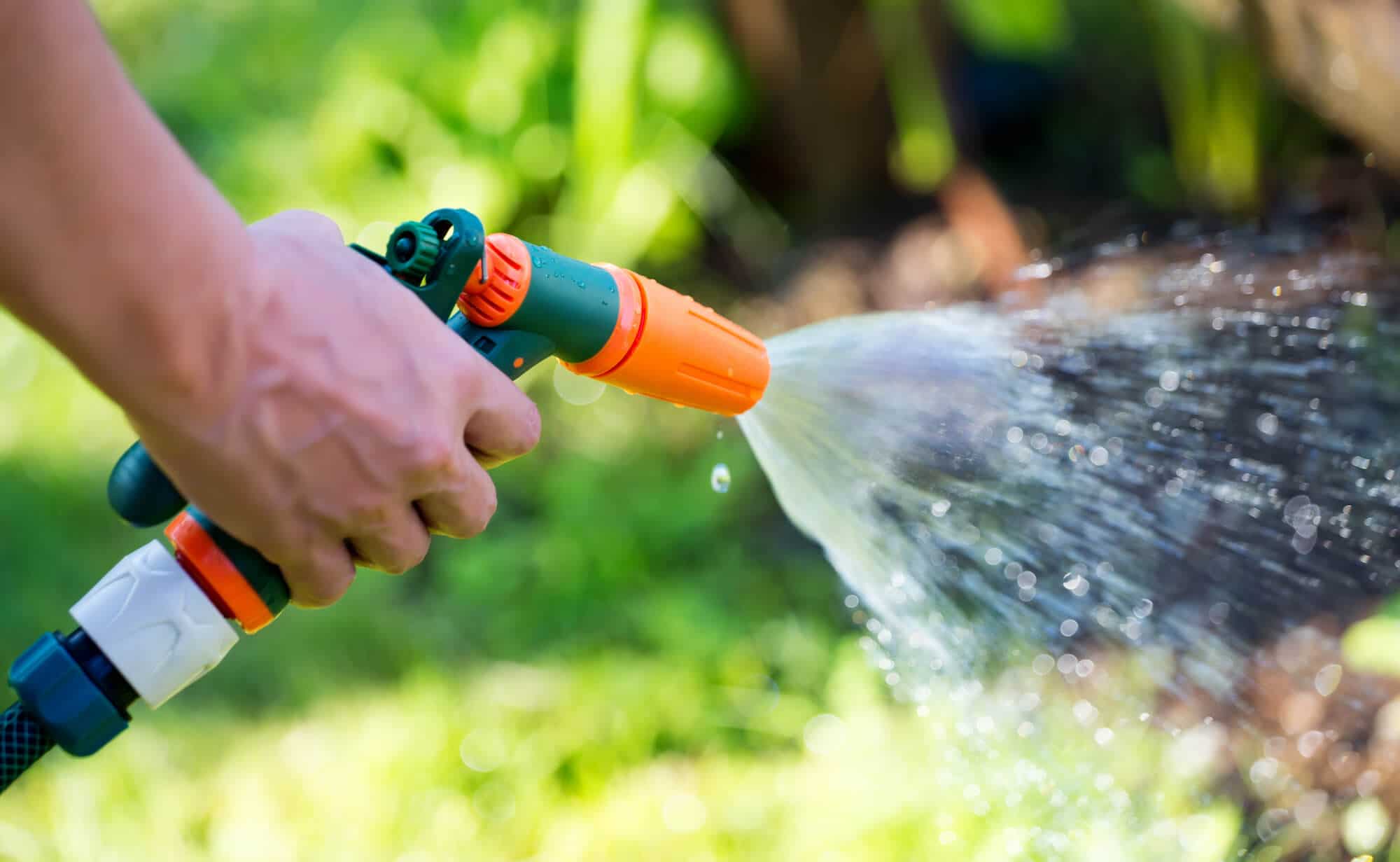
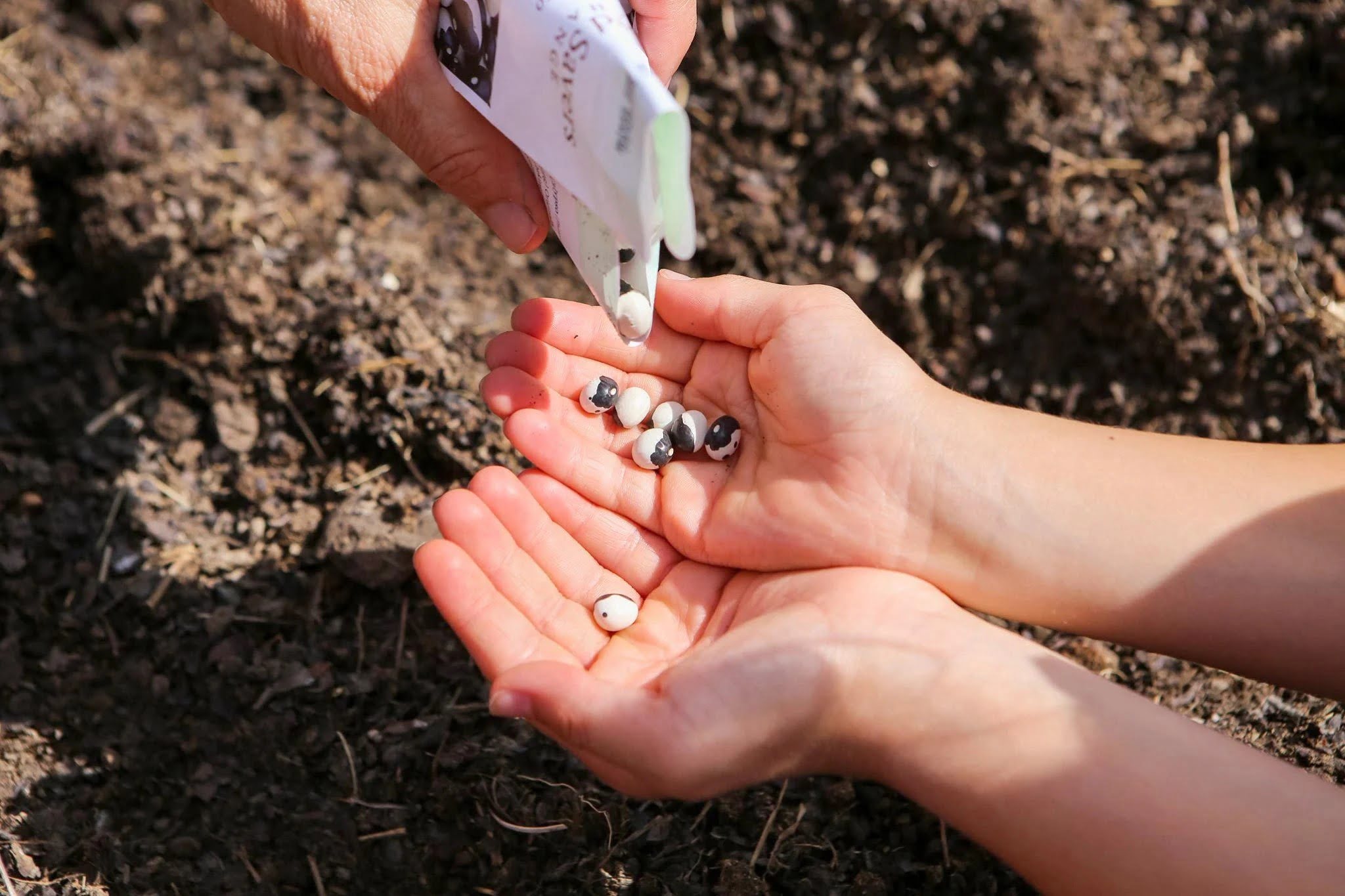
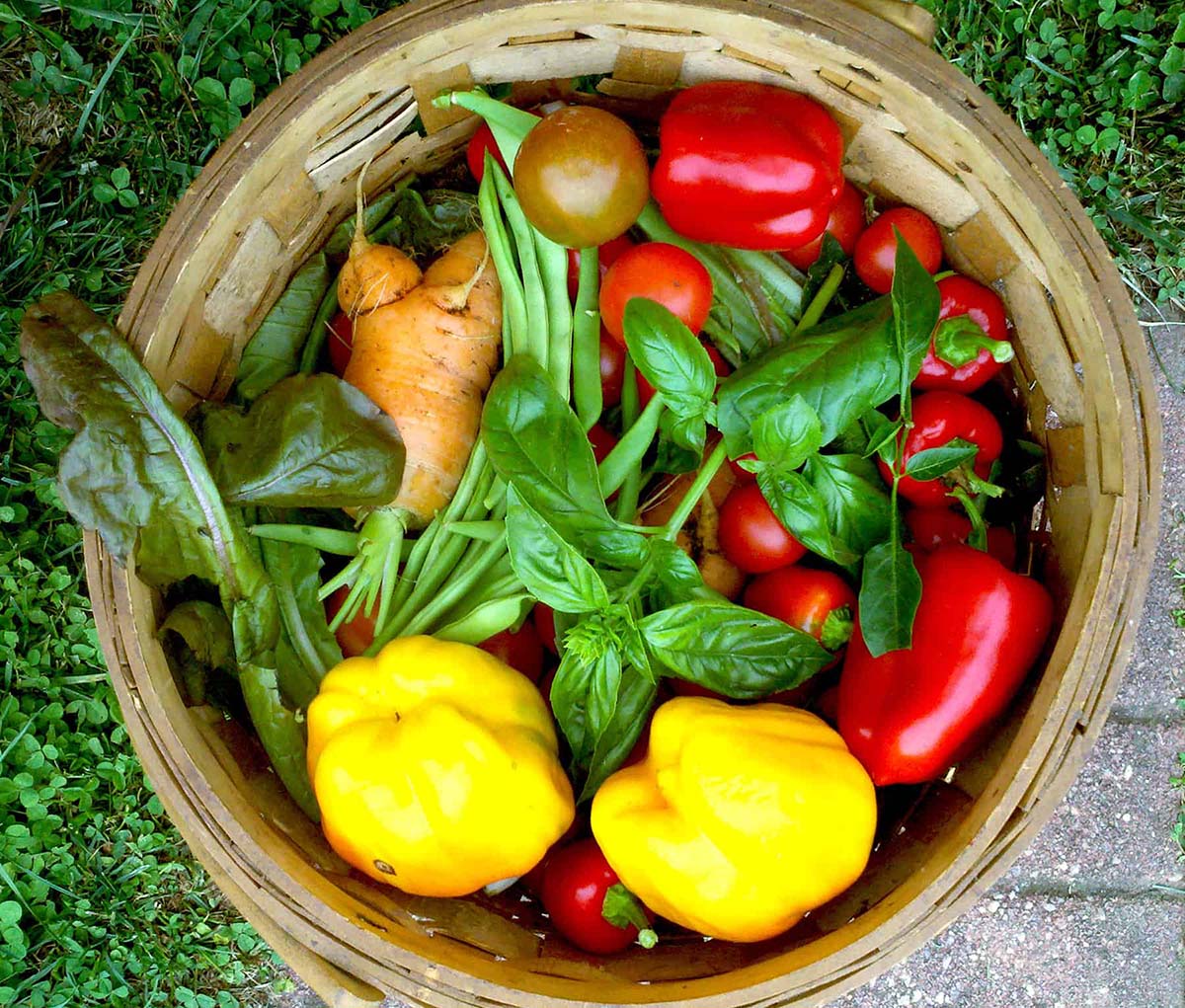
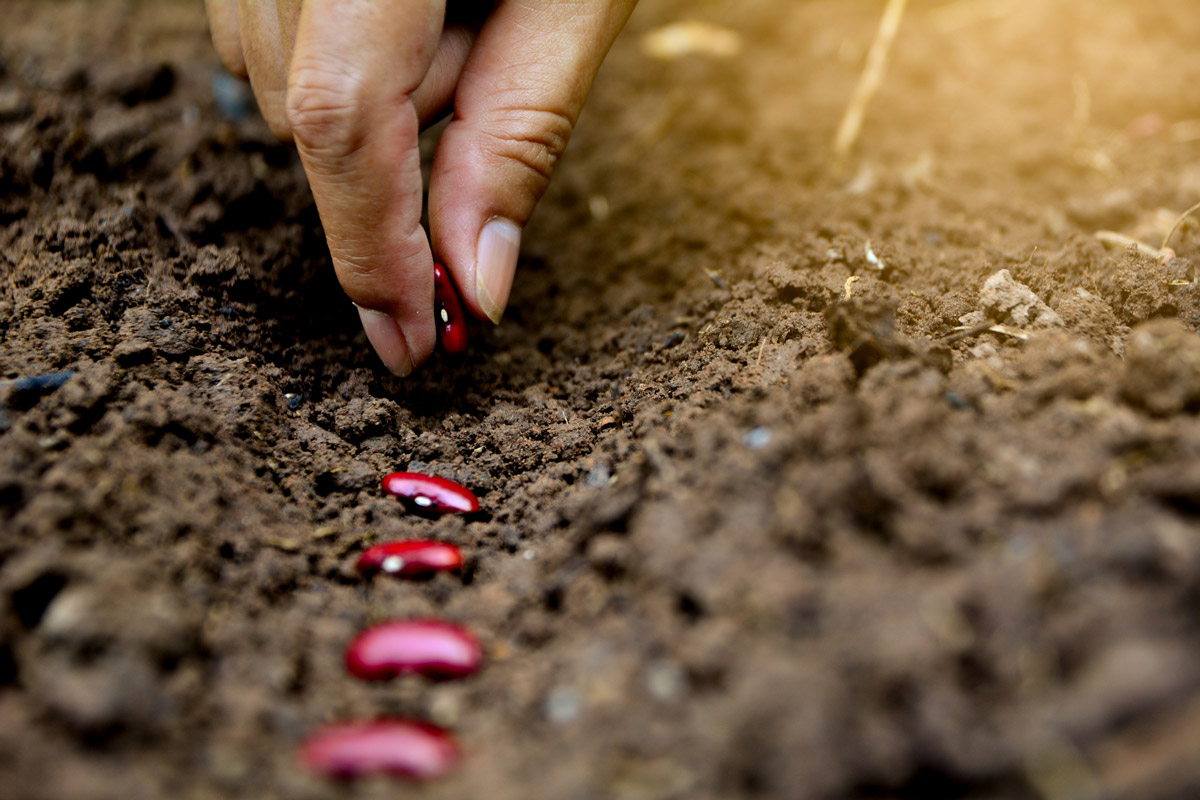
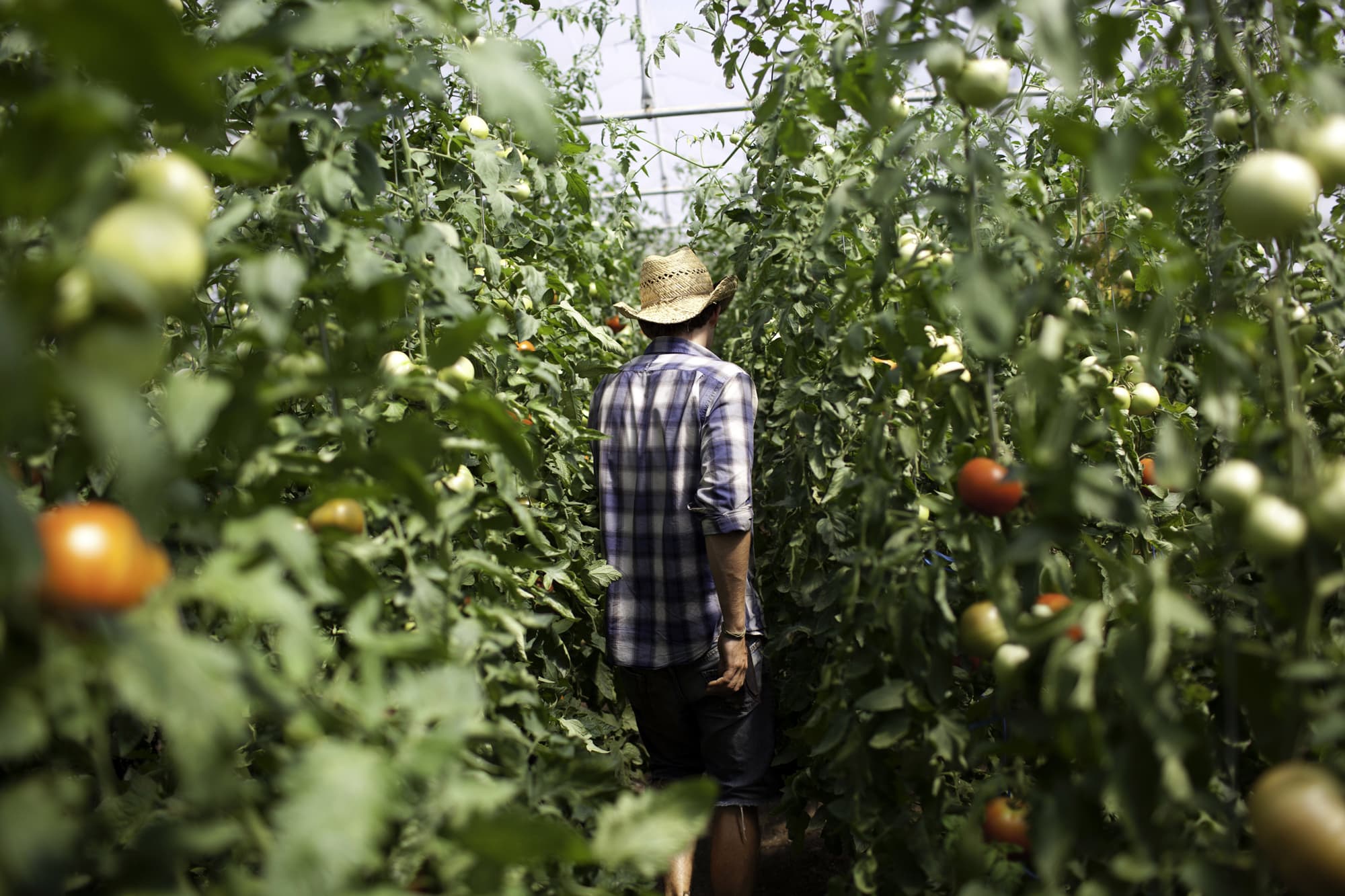
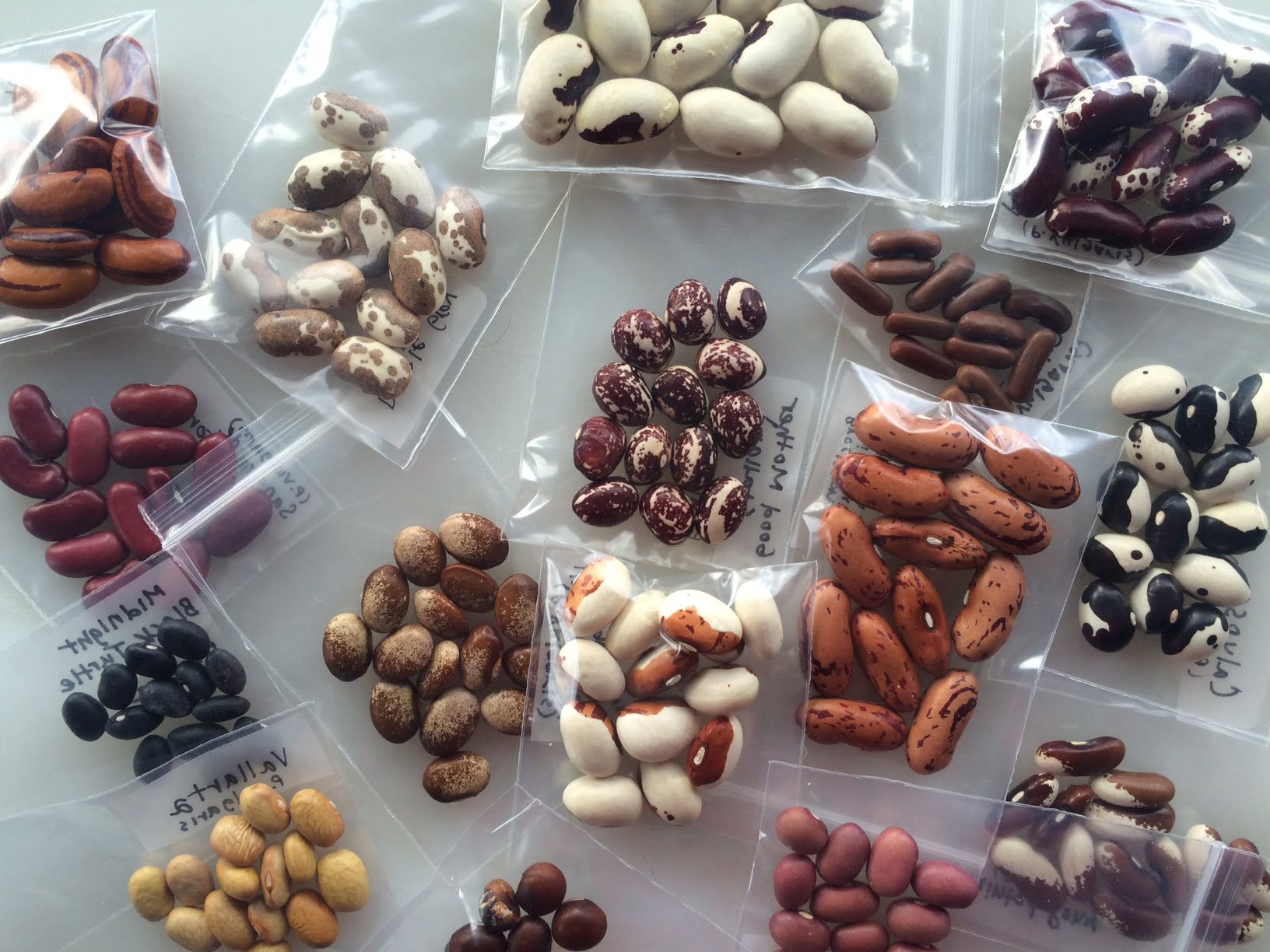
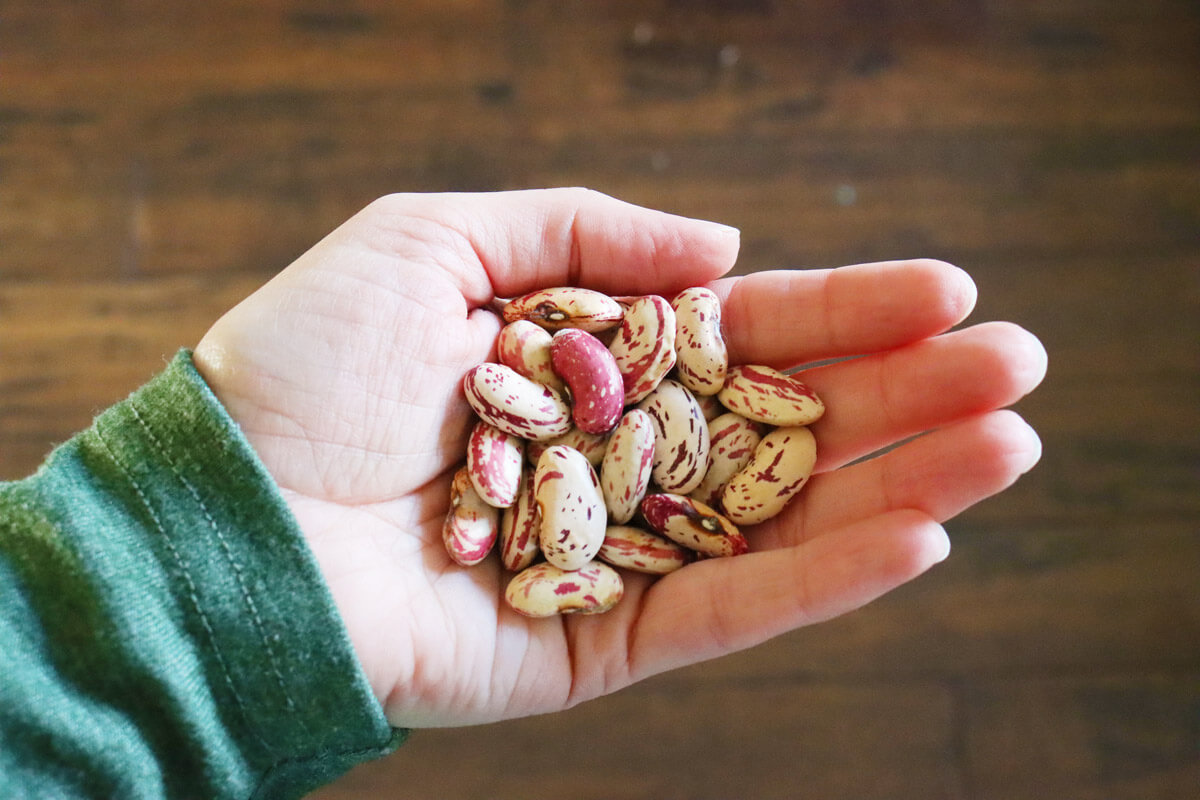
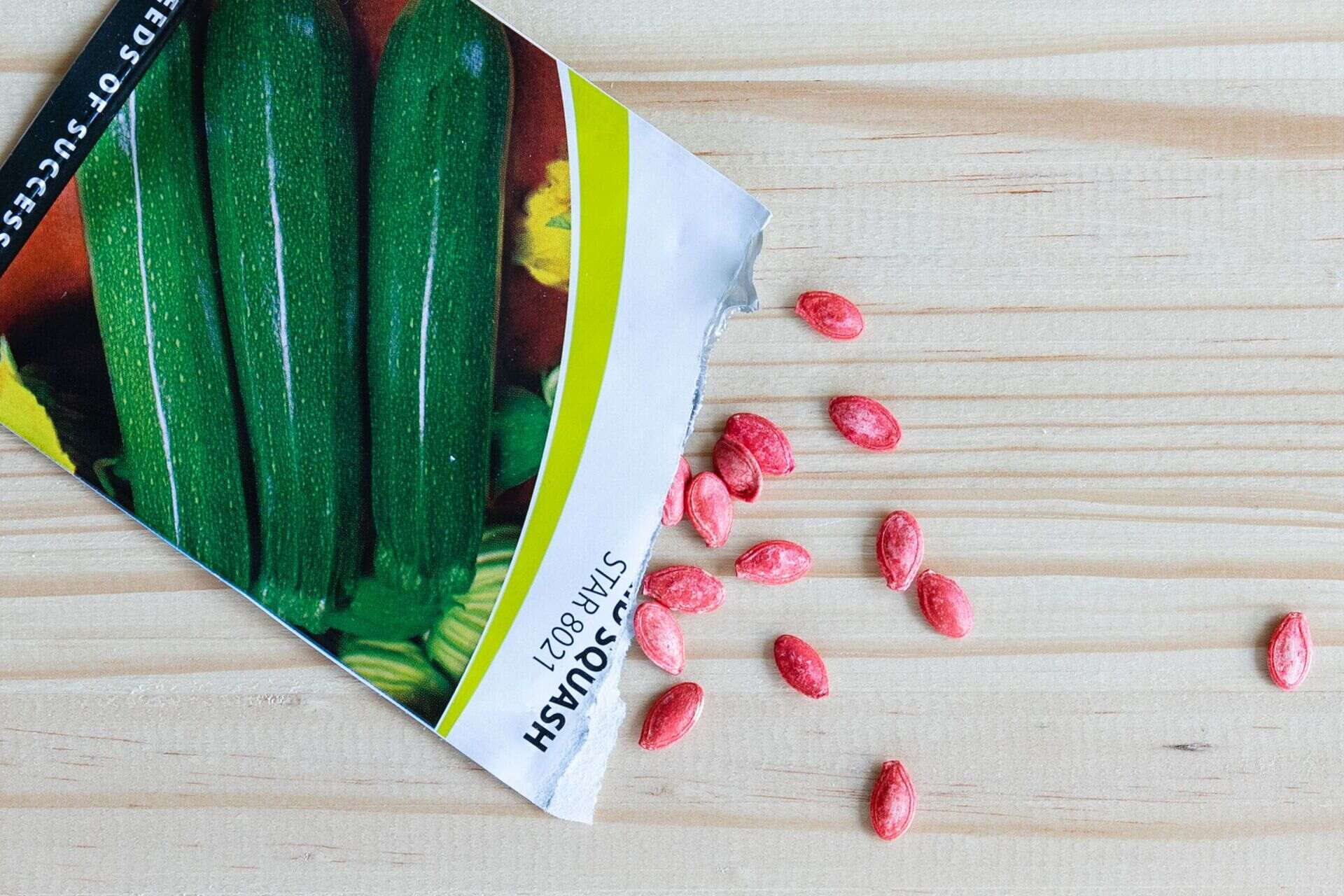
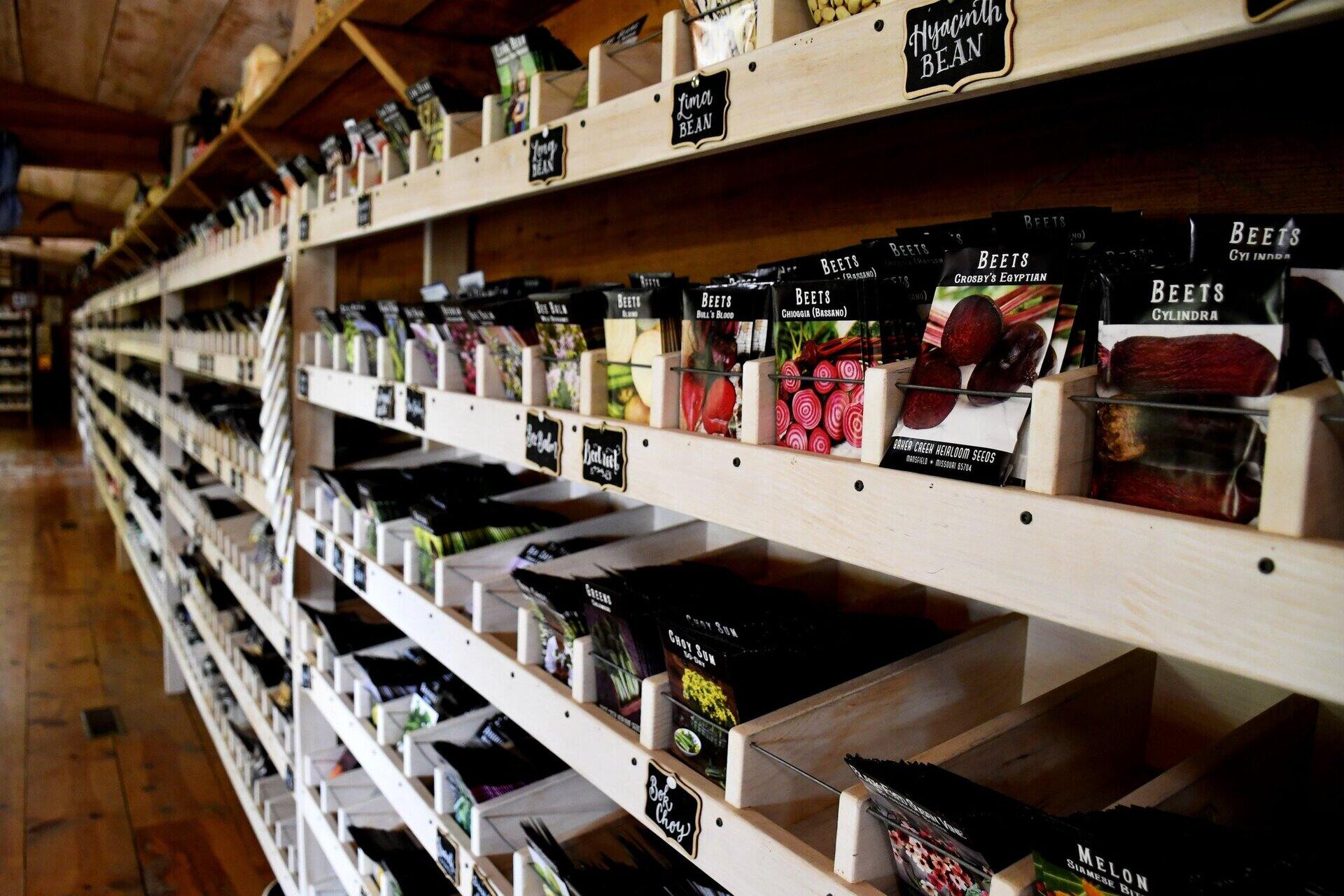
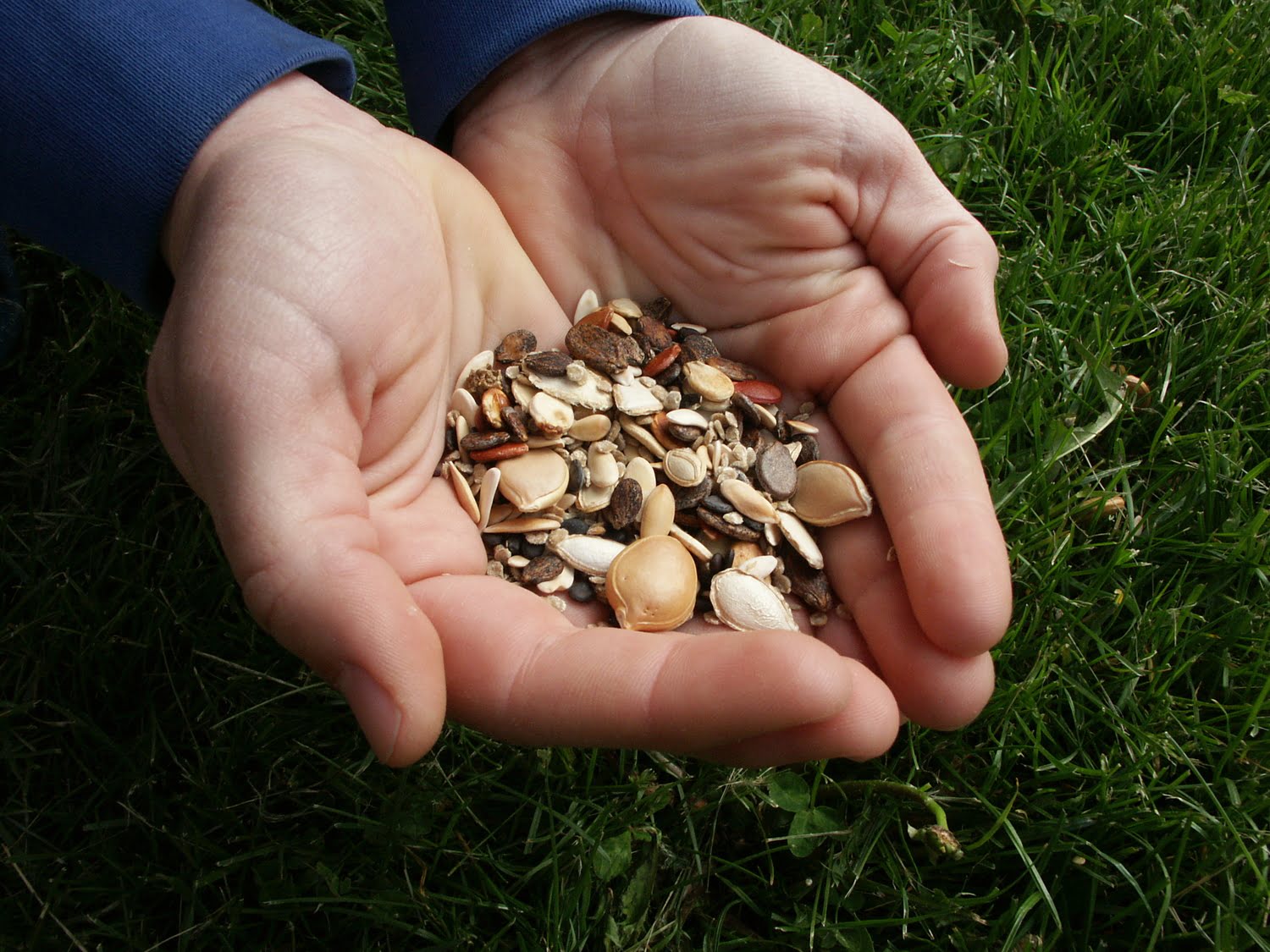
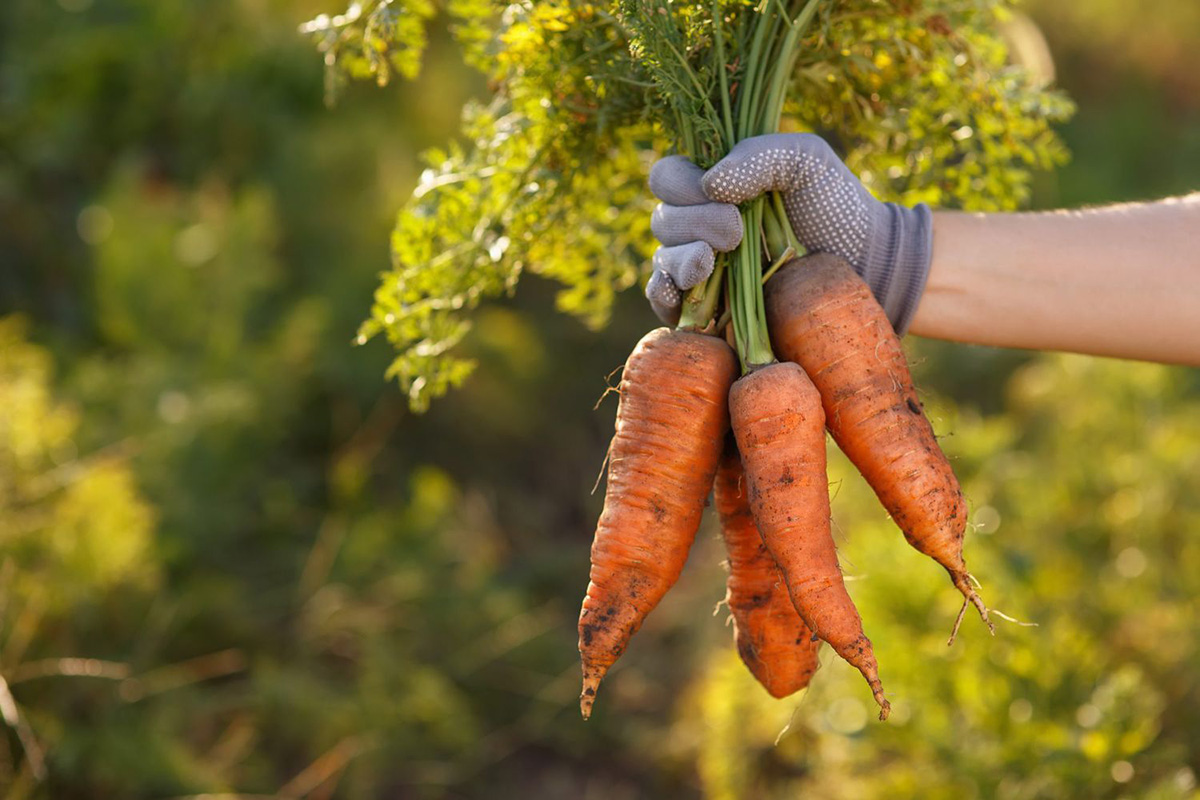
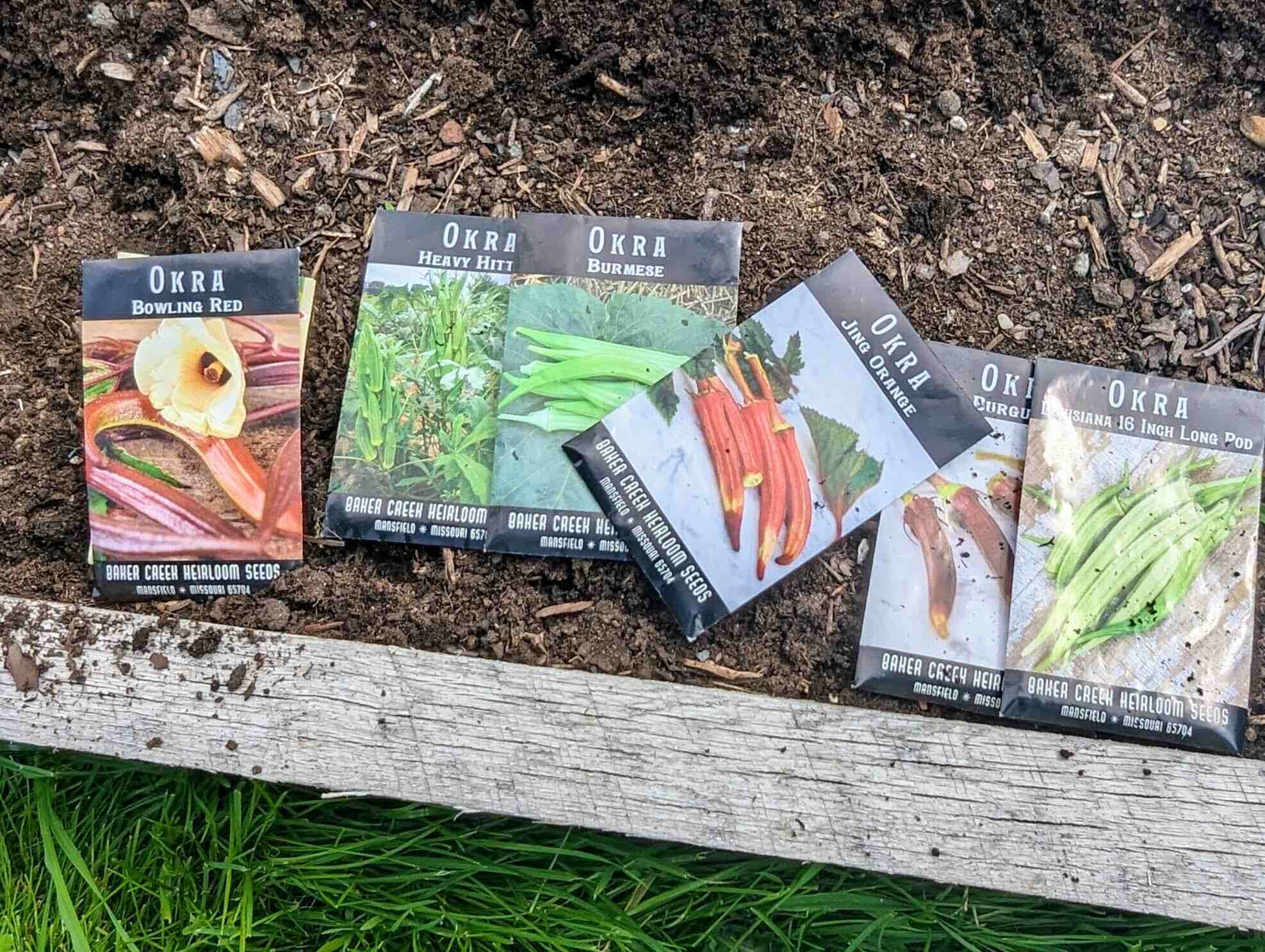
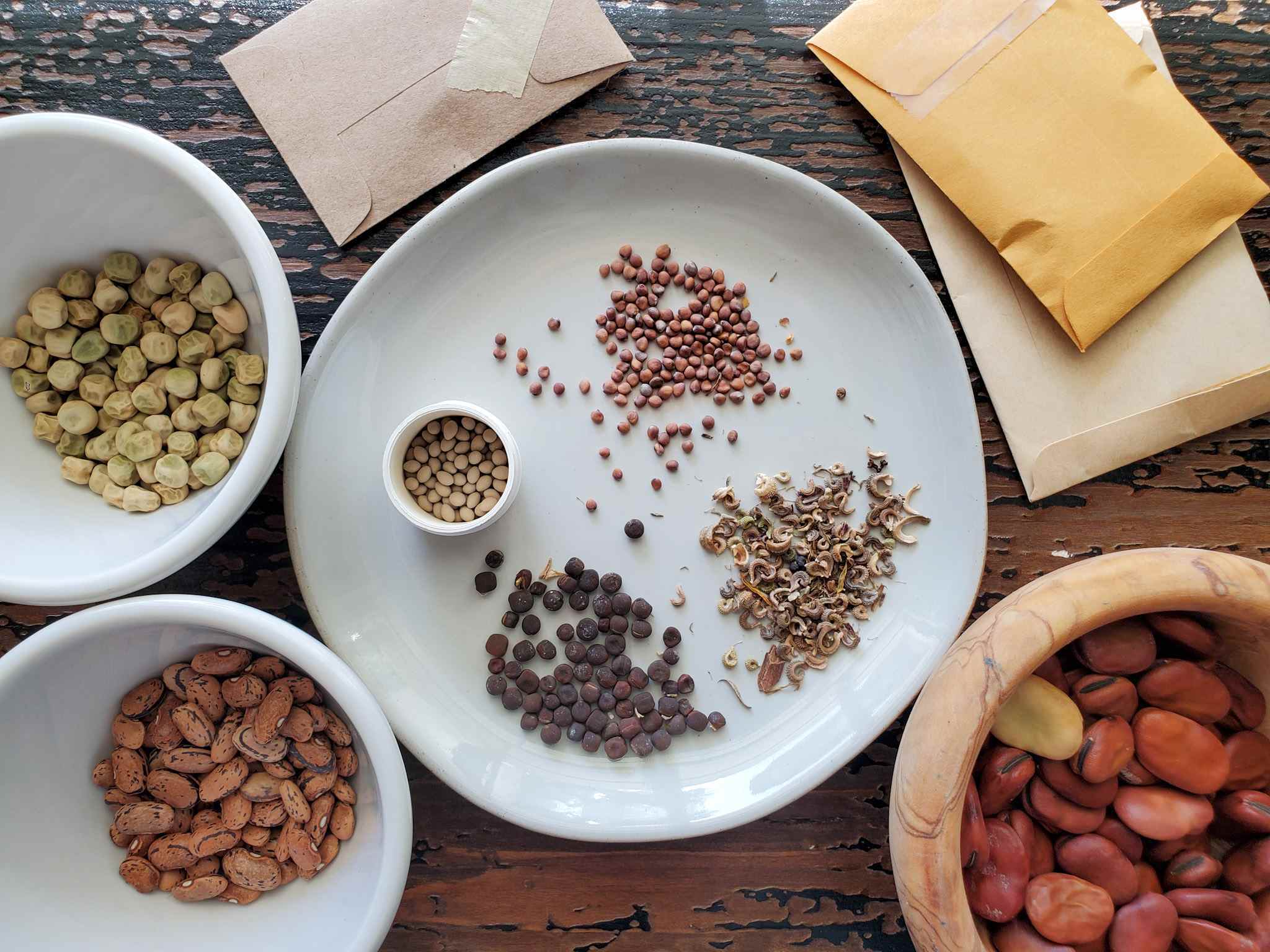
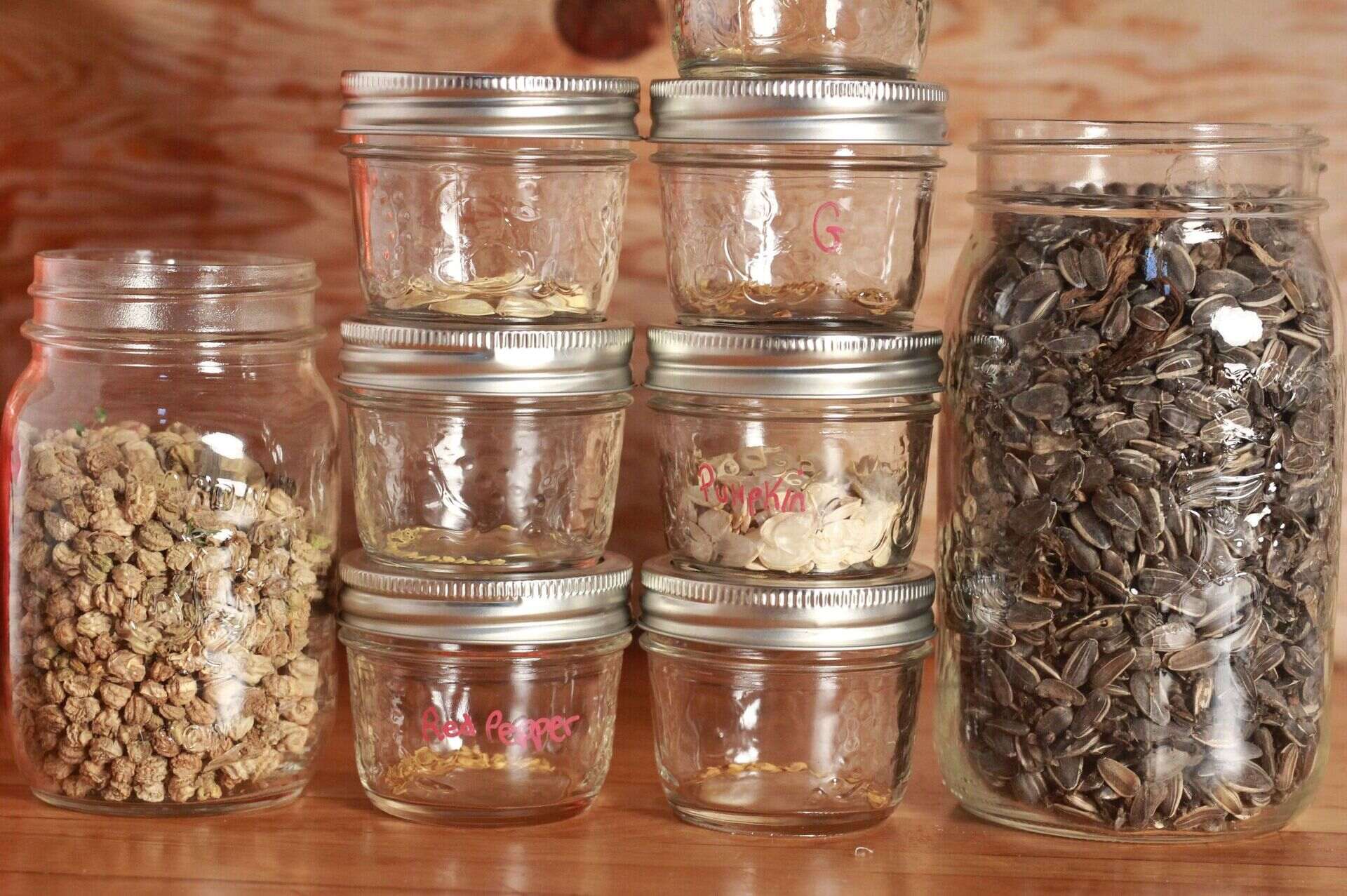

0 thoughts on “Why Do Heirloom Seeds Need To Ferment”